EXHIBITING MICE
The National Mouse Club (NMC) was founded in the UK in 1895, and exhibitors today still breed towards its Standard of Excellence. Find out what it takes to show mice, how judging works, what some common faults are and how to build a successful stud.
COMMON FAULTS
Judges keep many things in mind when judging mice, from major faults to very minor ones. These can decide the placing of otherwise very similar mice, so it pays to know what to look out for in your animals. Here is a list of common faults to look out for when exhibiting fancy mice:
Condition
There’s no excuse for showing a mouse that is out of condition. A lack of condition could be caused by any number of things – old age, poor nutrition, extremes of temperature, dehydration, excessive moulting and so on. A good exhibitor should recognise this and not enter, or withdraw, a mouse that is out of condition. If a mouse is shown in the peak of condition and at the perfect time (for example, when colour/markings are at their best, it is young and fit etc.) UK judges often use the phrase “shown to the minute” in their show reports.
Moult patches
If a mouse is moulting it may show patches of a different colour on the fur (for example in creams and Siamese, who suffer quite badly from moult). These can vary from tiny patches to large areas across the mouse, which may or may not clear up with time. In agouti and cinnamon mice moult often occurs as a dark spot on the forehead.
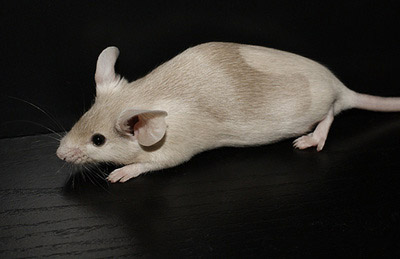
Too young/small
This refers to entries that are small or underdeveloped. These mice are still old enough to be independent from their mother but not mature enough even to compete in the under eight weeks class. They may be so small as to be able to escape from a Maxey, their colour may not have come through enough yet to merit showing (e.g. Siamese and Himalayan mice) or they are at a huge disadvantage based on physical size, which reflects that they will continue to be very small as adults.
Stained or wet coat
Occasionally a mouse may have a stained or wet coat from the piece of fruit or vegetable that the exhibitor has used to provide moisture for the mouse during the show. If the coat is simply wet it may be possible to dry it off and judge the mouse, but if there is a stain on the fur, for example if someone has used carrot for a white mouse, then it is likely that the judge will be forced to discount the mouse and not place it. Do not use printed newspaper shreddings as bedding for white or marked mice as it will render the coat grey!
Chipped ear
Chipped ear refers to nicks in the ears of the mouse, which may have been put there by the mouse scratching itself, fighting with other mice or even by rough hay. Holes in the ear are sometimes seen too. Mice with chipped ears may place if the mouse excels or there are few others in the class, but these mice should not progress to the challenges.
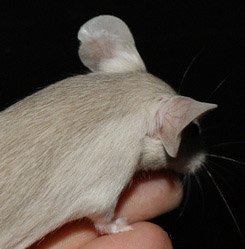
Too fat
A mouse may be of a variety prone to obesity (e.g. red or fawn) or if a doe it may be pregnant. If you are judging a marked mouse such as a variegated with this problem, megacolon must also be considered as a cause. Any of these issues makes a mouse unlikely to place.
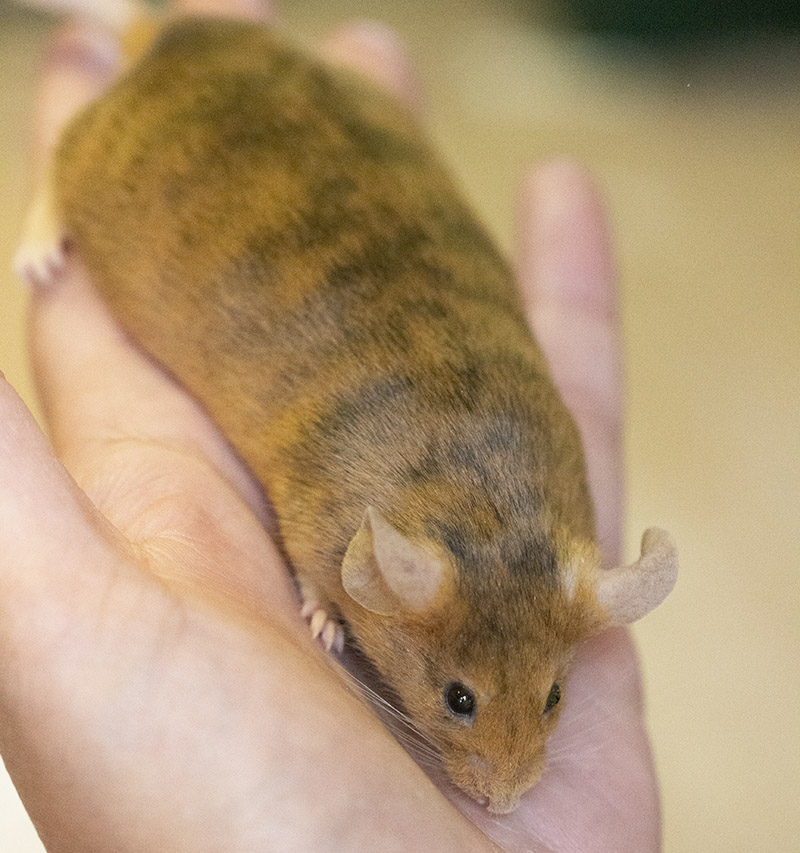
Patchy/missing fur
If a mouse has a patch of missing or shorter hair then this is considered a fault. It may have lost the fur due to fighting, overgrooming or even an issue such as ringworm. If ringworm is suspected it is best to get the steward or show secretary to find the owner so that they can remove the mouse from the hall, as ringworm is very easily spread and can affect other animals and humans. If you have handled a mouse that may have ringworm it is highly advisable to wash your hands thoroughly and use a hand sanitizer before continuing to handle other mice.
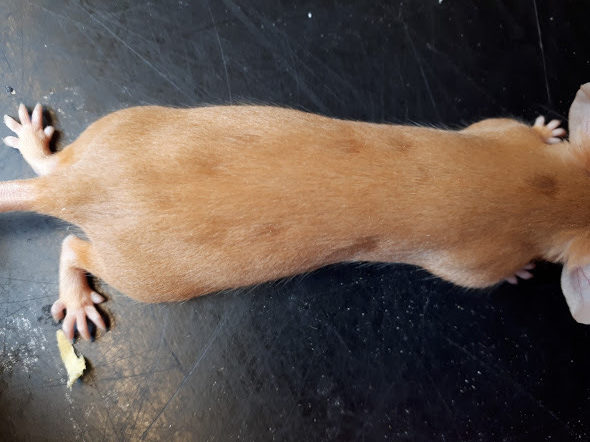
Blunt tail
Some mice will have a blunt tip to their tail rather than the finely tapered point that the standard specifies. They may have been born this way or the doe may have nipped the end off at a young age during her overenthusiastic cleaning of the newborn pinkies.
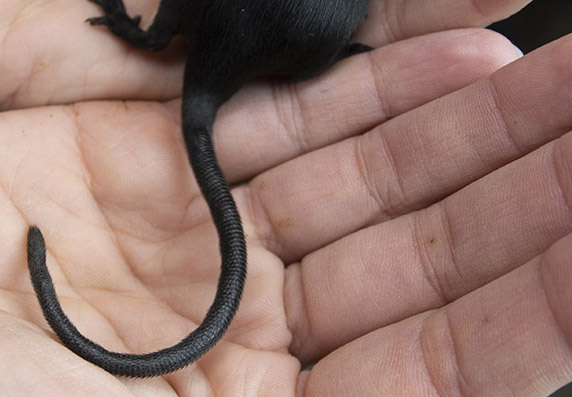
Narrow or “snipey” head
When a mouse has a slight build (slim, fine boned) this can mean that the skull is too narrow. This is evident in there not being enough space between the ears and between the eyes. Any variety may have this issue.
If you have an image of this fault, please email it to the webmaster. Thank you!
Ear position
If a mouse’s ears are positioned too high on the head they can resemble rabbit ears, and positioned too low down to the side they are reminiscent of handlebars. Breeders should aim for the proper position in between these extremes.
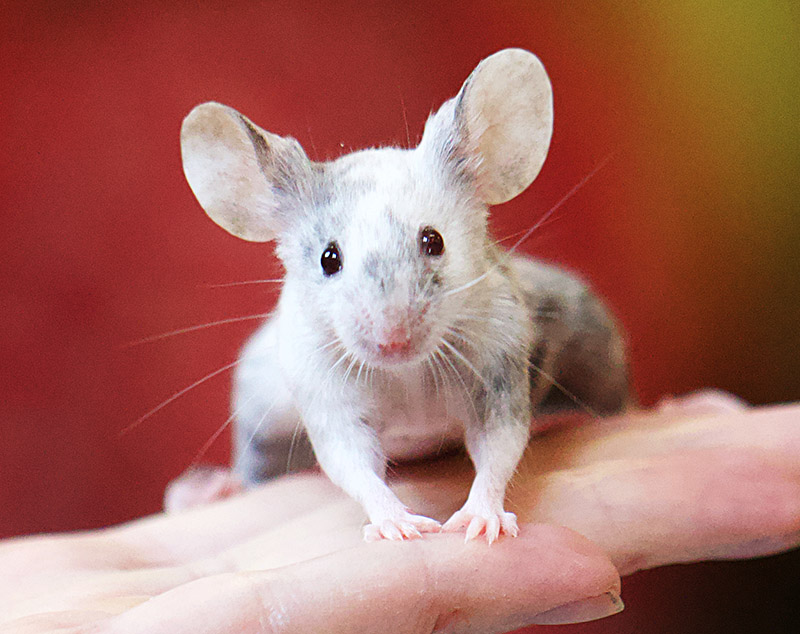
Crinkled ears
This seems to be more prevalent in self blacks and chocolate tans in the UK. There are no pieces of the ear missing or damaged as with a chipped ear, but the ears are not smooth and appear creased or wrinkled. The ears of the mice that suffer from this tend to be smaller and thicker than, for example, those of a large pale selfs.
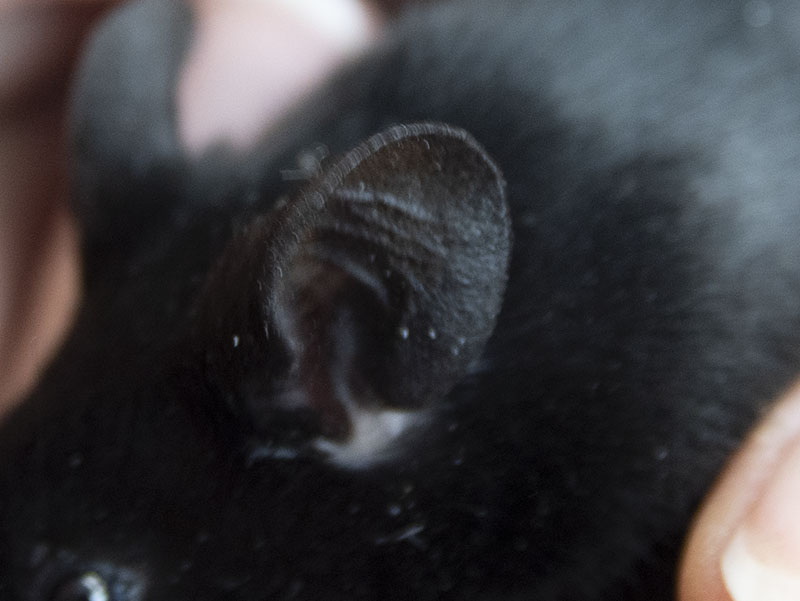
Small eyes
Some mice can suffer from small (often also squinty) eyes. This can be bred away from so should not be given much leniency.
If you have an image of this fault, please email it to the webmaster. Thank you!
White toe(s) or toenail(s)
Darker varieties that should have the corresponding colour feet sometimes have pale or pink toes or toenails. For example, a black that doesn’t have all black toenails may lose a class solely on this premise.
If you have an image of this fault, please email it to the webmaster. Thank you!
Tan feet
In an ideal world, a tan should have feet that are the top colour outside and tan on the inside. In reality tans often have wholly tan feet and some of leniency is given for this. .
If you have an image of this fault, please email it to the webmaster. Thank you!
Tail set
The tail should be thick at the base and taper in gradually. It should not jut directly out from the mouse as though it has been “stuck on”.
If you have an image of this fault, please email it to the webmaster. Thank you!
Baggy sides
Sometimes a mouse (usually a doe) will have excess skin at the side of the body, which form into slight folds of skin, like people’s skin does when they are dehydrated (this may be one cause). This can spoil the mouse’s overall appearance depending on how pronounced the problem is.
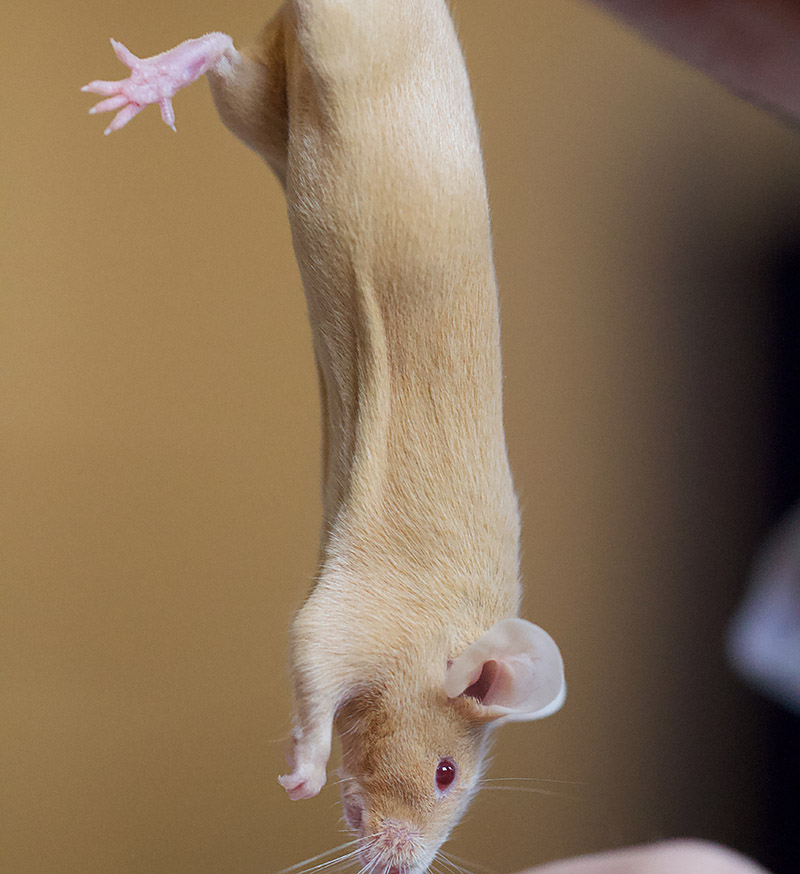
Line under
This refers to a visible line on a mouse’s belly that is not adequately covered with fur, a little like a parting. This is usually worse in does than bucks, and more easily visible on paler coloured animals.
If you have an image of this fault, please email it to the webmaster. Thank you!
Throat spot
A problem with tans and foxes, a throat spot is a roundish patch of top colour that is seen on the throat of the mouse. This is more obvious on darker coloured tans and foxes, i.e. black, blue and chocolate.
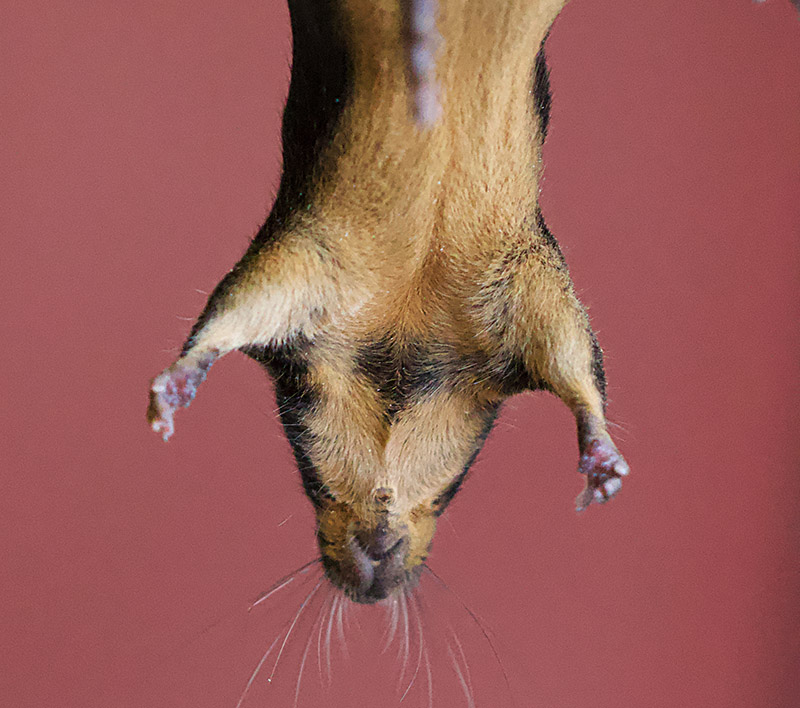
Colour showing through belly fur
Tans and foxes are often pegged for this. The top coat is not dense enough to cover the underlying colour.
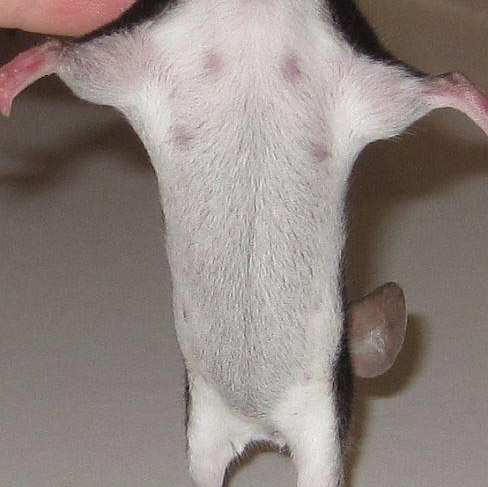
Undercolour showing through top coat
Mice with a different undercolour (e.g. argente) may have issues with this showing through next to the top coat, making them look uneven and/or tinged with the wrong colour.
If you have an image of this fault, please email it to the webmaster. Thank you!
Tan behind the ears
Usually seen on tan mice (although it can occur on poor examples of other varieties) are tan patches of fur behind the ears. This may be referred to as “tan creeping” whereby the tan areas of the mouse are not confined to the belly/inside leg as set out in the standard. When looking directly down on a tan mouse, it should appear as a self of that colour, with no tan areas visible (i.e. behind the ears and above the jaw line).
If you have an image of this fault, please email it to the webmaster. Thank you!
Tan vent
In a non-tan mouse, tan hairs may be evident around the vent. This is undesirable and especially visible on darker colours.
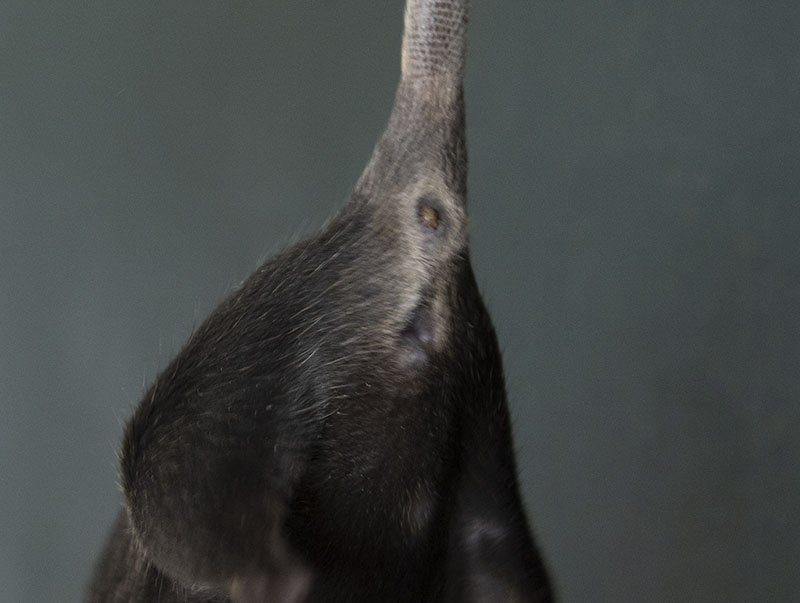
Brown cast
Seen mostly in blacks, blues, silver agoutis and chinchillas. This is usually the result of chocolate within the lineage and gives a nasty brown tinge to the fur, especially in certain natural light.
If you have an image of this fault, please email it to the webmaster. Thank you!
Dark fur along the spine/nose patches:
Agoutis and to a lesser extent cinnamons and other ticked mice may have darker coloured fur along their spines or patches of darker fur along the nose. This spoils the balance and evenness of the coat.
If you have an image of this fault, please email it to the webmaster. Thank you!
Too pale
The colour is paler than the ideal described in the standard. In some cases there may be a genetic component where some leeway is given e.g. in blue and silver tans, where the effects of dilution genes dilute the tan belly as well as the top colour.
If you have an image of this fault, please email it to the webmaster. Thank you!
Light belly
Mice can suffer from a ‘light belly or under’, which basically means that the top colour is darker than the belly, making the mouse appear uneven. For example, those breeding reds and fawns often use champagne and chocolate tans as an outcross to improve belly colour, making it as deep and fiery as the top colour. It is not just selfs that suffer from this fault.
If you have an image of this fault, please email it to the webmaster. Thank you!
Pale nose/tail root
Lighter varieties such as champagne, silver and dove sometimes suffer from a lighter area on their muzzle and tail root, a little like the reverse of Siamese points. This spoils the mouse because the colour is uneven.
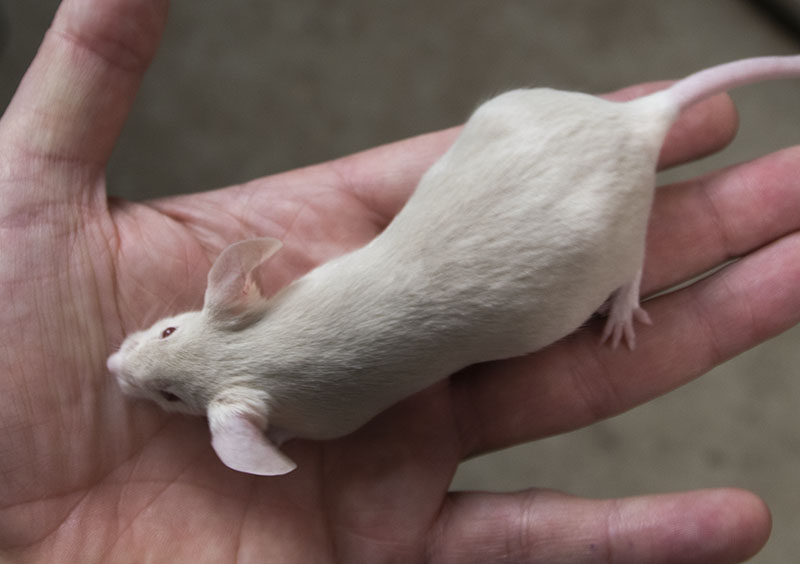
Lack of shading
Siamese mice require gradual shading from the points that merges with the body colour. Some mice show points but little shading, and the body colour is similar or the same throughout. The extent to which the mouse lacks shading determines how big a fault the judge considers this to be.
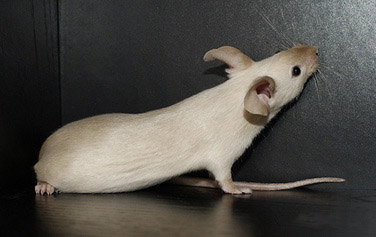
Too dark
The colour is darker than the ideal described in the standard. Some varieties may also have variations of this problem, such as reds being too sooty or champagne tans having too dark a top colour (because to get the belly colour right usually means the top colour is darker).
If you have an image of this fault, please email it to the webmaster. Thank you!
Teat spots
When a doe has recently been feeding a litter, she will have visible nipples and small bare patches around them where there is no fur. This ruins the belly coverage and such mice don’t usually place.
If you have an image of this fault, please email it to the webmaster. Thank you!
Balance of markings (brokens)
A broken’s spots are randomly distributed over the mouse, which also means that mice are often shown where there are patches of white with no spots, giving that area a “bare” look. This gives rise to comments in show reports such as “a bit one sided” or “spots on head and rump but bare in the middle”.
Brindling
This does not refer to the variety called brindle. Mice that have two (or more) colours will often get brindling of white or coloured hairs where the two colours meet. This is undesirable as the line of demarcation should be neat and tidy. Brindling of white hairs in the middle of coloured areas may also occur.
If you have an image of this fault, please email it to the webmaster. Thank you!
Saddle slipping (dutch)
The saddle of the dutch is the coloured portion situated on the mouse’s rump. This should be carried towards the mouse’s waist, but has a tendency to recede towards the rump, which is also known as “slipping”.
If you have an image of this fault, please email it to the webmaster. Thank you!
Pull or “zipper”
Marked mice that are supposed to have a straight demarcation line (e.g. dutch, rumpwhite, banded) often have a little pull of the white into the colour (or the colour into the white, which is less common). This “zipper” can vary from a small v to a strip that extends up or down the belly – the bigger the pull the bigger the fault.

Stops
Certain varieties of marked mice are required to have stops (e.g. dutch). This is where an area of colour meets an area without colour on the feet and/or tail (excerpt from dutch standard: “Tail stop to be approximately halfway along the tail. The stops on the hind feet should come halfway between the tips of the toes and the hock.”). The demarcation line between the coloured and non-coloured portions should be neat and the lines as straight as possible. In the case of foot stops, the more even these are when compared to each other the better.
Possibly disqualifying faults
Parasites
Any mouse with visible parasites (most usually mites) must be disqualified. The steward or show secretary should take the mouse back to its owner and ask them to remove it from the hall to prevent the parasite spreading to other animals.
Wrong class
If a mouse has been entered in the wrong class (e.g. a champagne satin in the self champagne class) then it will be disqualified, or if the correct class has yet to be judged, the show secretary can add it to the right class to be judged accordingly. A mouse may also be considered in the wrong class if in the judge’s opinion it belongs to the wrong age group i.e. an adult in a u/8 class or a u/8 in an adult class.
Temperament
If a mouse is “intractable” a judge can choose to disqualify it – for example if it bites, is impossible to handle or jumps out of the judge’s hands or off the table. Disqualification is not mandatory so it is up to the judge to decide what is and is not acceptable.
Injury
If a mouse shows any visible injury, such as sore patches, a rash or scabs then the judge may disqualify it, depending on how much the mouse’s appearance is affected. Missing toes are also a reason for disqualification.
Illness
If a mouse is showing signs of an illness such as respiratory infection (e.g. audible and/or laboured breathing) or other problem (e.g. gunky eyes, poor coat condition, hunched/waddling walk) then it should be disqualified and the steward or show secretary should find the owner and ask them to remove the mouse from the hall to prevent spread to other mice.
Blindness
If a mouse is blind in one or both eyes, often denoted by varying degrees of milkiness to the eye, it should be disqualified.
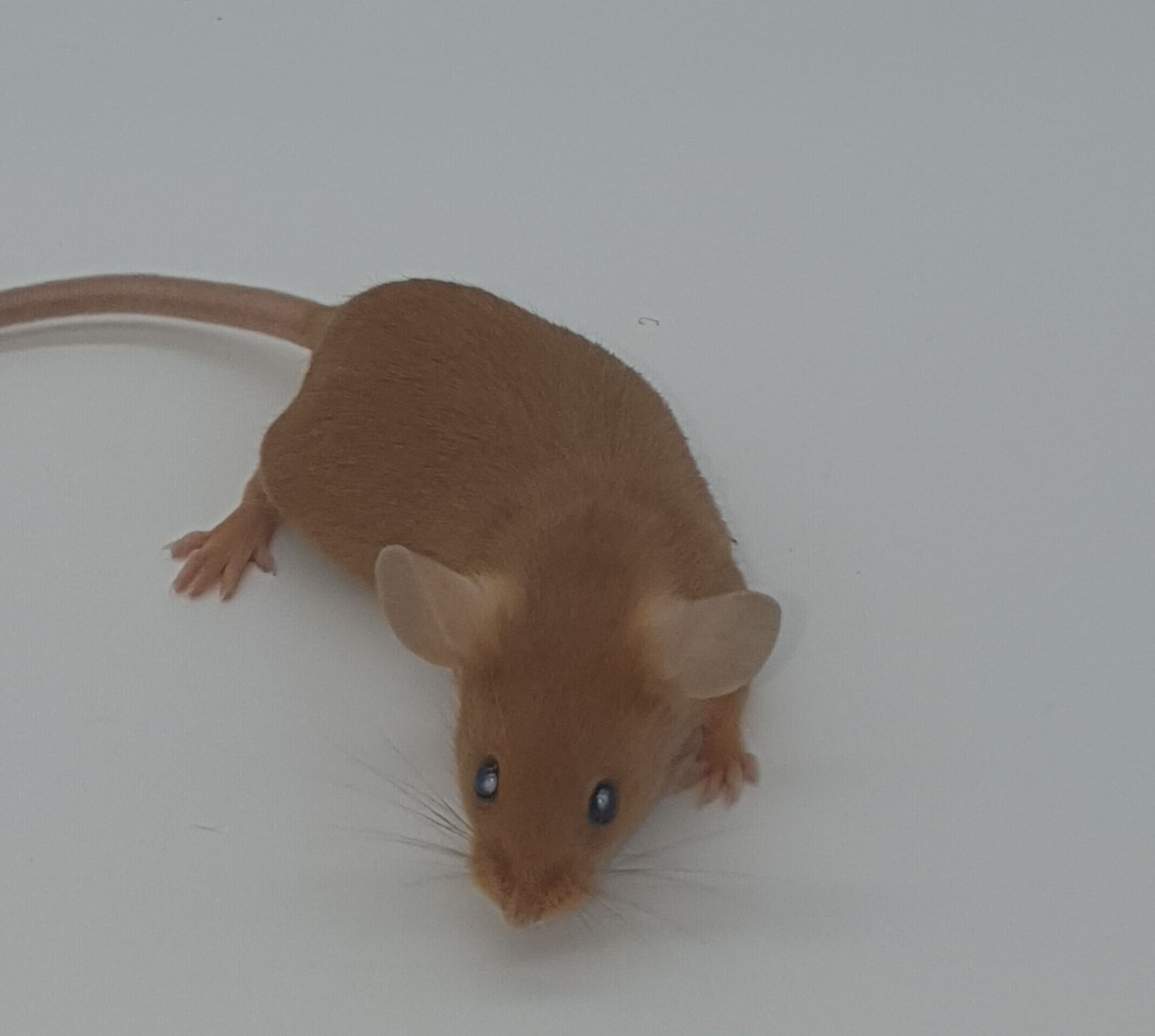
Kinked tail
Kinked tails, regardless of the cause (i.e. genetic or injury) may be disqualified or given no award by the judge. A mouse can also have a “knot” in its tail, where two vertebrae are fused together. This is not usually visible and can be felt by running a forefinger and thumb gently down the tail. If this cannot be seen and has no detrimental effect on the mouse then it’s acceptable for the judge to keep the mouse on the table.
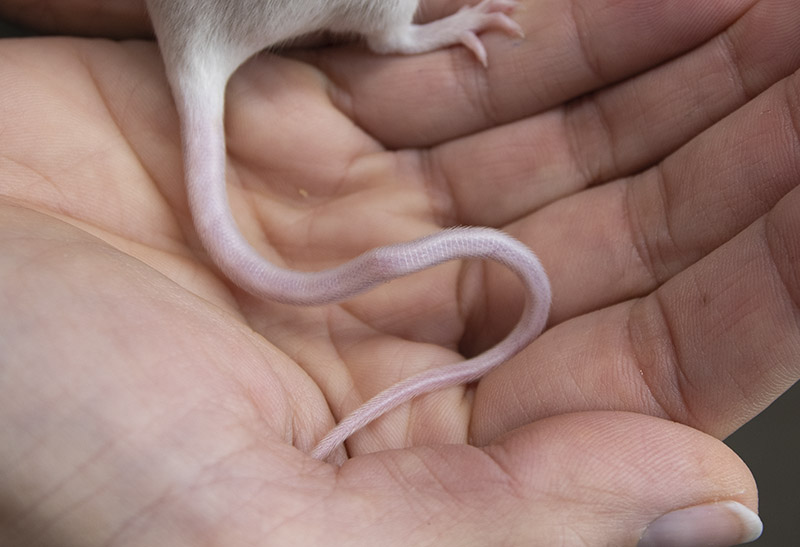
No whiskers
Sometimes a mouse will chew the whiskers off other mice (it is usually does which do this). You must check that all mice you intend to exhibit have whiskers and no bald patches as this will mean a disqualification.
Acquired faults
- Condition
- Moult patches
- Too young/small
- Stained or wet coat
- Chipped ear
- Too fat
- Patchy/missing fur
- Blunt tail
Fixed faults (genetic)
- Narrow or “snipey” head
- Ear position
- Crinkled ears
- Small eyes
- White toe(s) or toenail(s)
- Tan feet
- Tail set
- Baggy sides
- Line under
- Throat spot
- Colour showing through belly fur
- Undercolour showing through top coat
- Tan behind the ears
- Tan vent
- Brown cast
- Dark fur along the spine/nose patches:
- Too pale
- Light belly
- Pale nose/tail root
- Lack of shading
- Too dark
- Teat spots
- Balance of markings (brokens)
- Brindling
- Saddle slipping (dutch)
- Pull or “zipper”
- Stops
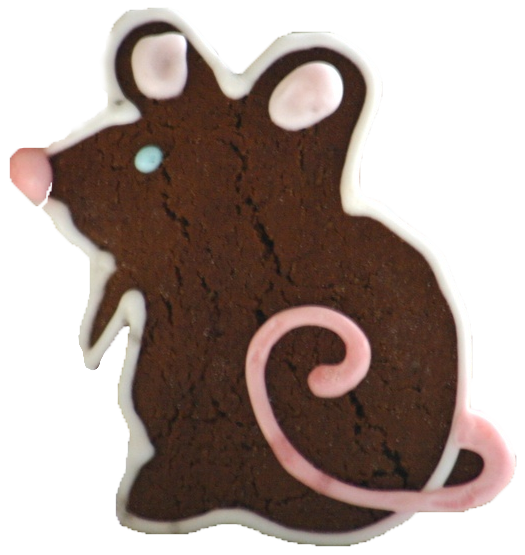 We use cookies to ensure that we give you the best experience on our website. If you continue to use this site we will assume that you are happy with it.
We use cookies to ensure that we give you the best experience on our website. If you continue to use this site we will assume that you are happy with it.